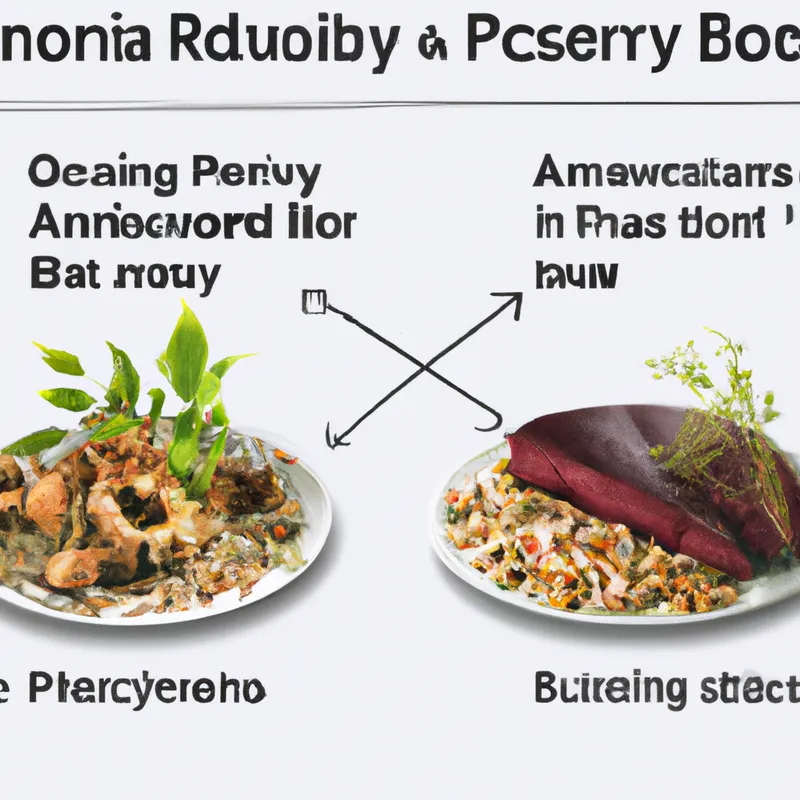Compare Timing: Plant and Animal Protein Benefits
Plant-Based Proteins vs. Animal-Based: Timing for Recovery Benefits
Athletes and fitness enthusiasts constantly debate the best protein sources. Understanding protein nuances influences recovery and performance. Both plant-based and animal-based proteins have unique advantages. Timing protein intake plays a critical role in achieving optimal recovery.
Understanding Protein Sources
Proteins are essential for muscle repair, growth, and bodily function. They provide amino acids, the building blocks of muscles. Animal-based proteins include meat, dairy, and eggs. These sources contain all nine essential amino acids. Plant-based proteins come from legumes, grains, nuts, and seeds. Although some plant-based proteins lack essential amino acids, they still offer recovery benefits.
Protein Quality Matters
Protein quality significantly impacts recovery. Animal-based proteins typically offer high quality due to their complete amino acid profile. They effectively support muscle recovery and growth. Many athletes now choose plant-based proteins for their health benefits. When combined strategically, plant-based proteins can provide quality nutrition. For example, pairing beans with rice creates a complete amino acid profile.
Timing Your Protein Intake
Protein consumption timing influences recovery outcomes. Research shows that eating protein shortly after exercise enhances muscle recovery. This phenomenon occurs during the “anabolic window.” This window lasts 30 minutes to two hours post-workout. Muscles absorb nutrients effectively during this time. Consuming protein within this timeframe helps replenish glycogen and stimulate protein synthesis, improving recovery and performance.
Tips for Optimal Recovery
To maximize recovery from protein intake, consider these tips:
1. **Prioritize Protein Post-Workout**: Aim for 20-30 grams of protein after exercise. This quantity supports muscle repair and growth.
2. **Choose Your Source Wisely**: If you prefer plant-based proteins, mix different sources. Combining lentils with quinoa or chickpeas with brown rice creates a complete amino acid profile.
3. **Know Your Timing**: To maximize benefits, consume protein within the anabolic window.
Conclusion
Understanding protein sources and timing can enhance recovery and performance for athletes and fitness enthusiasts.
Below are related products based on this post:
FAQ
What are the main differences between plant-based and animal-based proteins?
Animal-based proteins, such as meat, dairy, and eggs, contain all nine essential amino acids and are typically considered high-quality proteins that effectively support muscle recovery and growth. Plant-based proteins, derived from legumes, grains, nuts, and seeds, may lack some essential amino acids but can still provide recovery benefits, especially when combined strategically to form a complete amino acid profile.
Why is the timing of protein intake important for recovery?
The timing of protein intake is crucial because consuming protein shortly after exercise, during the “anabolic window” (which lasts 30 minutes to two hours post-workout), enhances muscle recovery. During this period, muscles are more efficient at absorbing nutrients, which helps replenish glycogen stores and stimulates protein synthesis, ultimately improving recovery and performance.
How much protein should I consume after a workout for optimal recovery?
To support muscle repair and growth, it is recommended to consume 20-30 grams of protein after exercise. This amount is effective in maximizing recovery benefits, especially when consumed within the anabolic window.















Post Comment